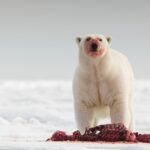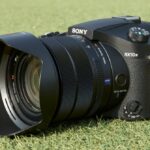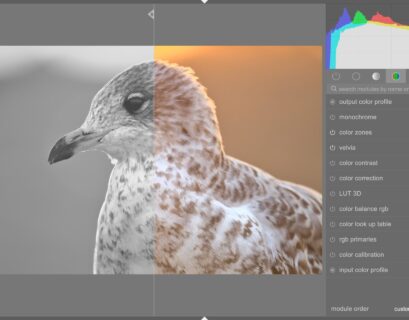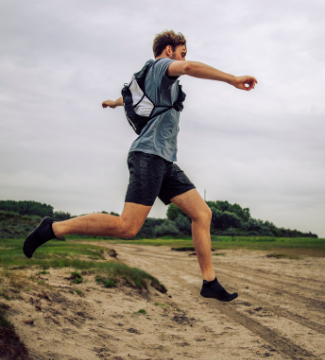Composition is a critical aspect of wildlife photography that can turn an ordinary photo into an extraordinary one. How you frame your subject, use the environment, and position elements within the shot can make all the difference. Here are some essential tips to help you compose compelling wildlife shots.
Follow the Rule of Thirds
The rule of thirds is a fundamental guideline for creating balanced and engaging compositions. Imagine your frame divided into a grid with two horizontal and two vertical lines. Position your subject along these lines or at their intersections to create a more dynamic and interesting image. This technique helps draw the viewer’s eye into the photo and gives a sense of balance.
Fill the Frame
Filling the frame with your subject can create an intimate and impactful image. This technique eliminates distractions and focuses attention on the animal. Use a telephoto lens to get close-up shots without disturbing the wildlife. Filling the frame with your subject’s face or body details, such as fur or feathers, can highlight textures and expressions, adding depth to your photo.
Use Leading Lines
Leading lines are elements within the scene that guide the viewer’s eye toward the subject. These lines can be natural, like branches, rivers, or pathways, or man-made, like fences or roads. Position your subject where these lines converge to create a visually compelling composition. Leading lines add a sense of depth and perspective, making your photos more engaging.
Incorporate the Habitat
Including elements of the animal’s habitat can provide context and tell a more complete story. Showcasing the environment not only adds interest to your photo but also highlights the relationship between the animal and its surroundings. Whether it’s a bird perched on a tree branch or a deer in a forest clearing, the habitat can enhance the overall composition.
Capture the Eyes
The eyes are often the focal point of a wildlife photo. Sharp, clear eyes can draw the viewer’s attention and create an emotional connection with the subject. Ensure the eyes are in focus and well-lit. If the animal is looking directly at the camera, it can create a powerful and engaging image. Even if the animal is looking elsewhere, the direction of its gaze can lead the viewer’s eye through the composition.
Use Negative Space
Negative space is the empty or unoccupied space around your subject. It can be used effectively to create a sense of scale, isolation, or simplicity. Negative space helps to emphasize the subject and can make your composition more striking. Use it to convey the vastness of the environment or the solitary nature of the animal.
Experiment with Angles and Perspectives
Changing your angle or perspective can dramatically alter the impact of your photo. Get down to the animal’s eye level to create a more intimate and relatable shot. Shooting from a low angle can make the subject appear more majestic, while a high angle can provide a unique and sometimes humorous perspective. Don’t be afraid to experiment with different viewpoints to find the most compelling composition.
Frame Within a Frame
Using natural elements to create a frame within your frame can add depth and focus to your composition. Look for opportunities to use tree branches, foliage, or rock formations to encircle your subject. This technique draws attention to the animal and adds layers to your photo, making it more visually interesting.
Capture Movement
Photographing animals in motion can add dynamism and excitement to your shots. Use techniques like panning to blur the background while keeping the subject in focus, conveying a sense of speed and movement. Freeze the action with a fast shutter speed to capture the precise moment of a leap, flight, or chase. Movement adds a narrative element to your photos, showcasing the animal’s behavior and energy.
Tell a Story
Think about the story you want to tell with your photo. Consider the animal’s behavior, the environment, and the moment you’re capturing. A great wildlife photo often goes beyond just showcasing the animal; it conveys a story or emotion that resonates with the viewer. Whether it’s a tender moment between a mother and her young, the thrill of a hunt, or the tranquility of a resting animal, storytelling can make your composition more compelling.
Conclusion
Composing compelling wildlife shots requires a blend of technical skill, creativity, and a deep understanding of your subject. By following the rule of thirds, using leading lines, capturing the eyes, and experimenting with angles, you can create captivating and memorable wildlife photos. Remember to incorporate the habitat, use negative space, and tell a story to enhance your compositions. With practice and patience, you’ll be able to craft stunning images that showcase the beauty and wonder of the natural world. Happy shooting!









